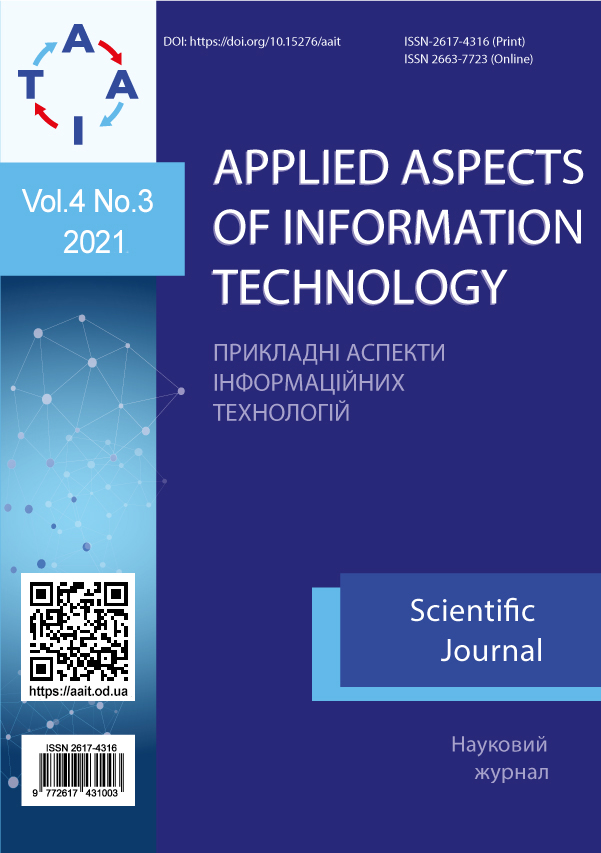Effectiveness of stego images pre-noising with fractional noise for digital image steganalysis
Main Article Content
Abstract
Counteraction to sensitive data leakage in cyber-physical systems is topical task today. Solving of the task is complicated to widely usage by attackers of novel steganographic methods for sensitive data embedding into innocuous (cover) files, such as digital images. Feature of these embedding methods is minimization of cover image’s parameters alterations during message hiding. This negatively affects detection accuracy of formed stego images by state-of-the-art statistical stegdetectors. Therefore, advanced methods for detection and amplification of cover image’s parameters abnormal changes caused by data embedding are needed. The novel approach for solving of mentioned task is applying of image pre-processing (calibration) methods. These methods are aimed at estimation parameters either of cover, or stego images from current analysed image. The majority of known calibration methods are based on cover image content suppression by utilization of extensive set of high-pass filters. This makes possible close to state-ofthe-art detection accuracy by the cost of time consuming preselection of appropriate filters. Therefore, this approach may be inappropriate in real cases, when fast re-train stegdetector for revealing of stego images formed by unknown embedding methods is required. For overcoming this limitation, we proposed to calibrate an image by amplification of alterations caused by message hiding. This can be realized by data re-embedding into images or their pre-noising. The effectiveness of such approach was proved for wide range of modern embedding methods in the case of message re-embedding. The paper is aimed at performance analysis of image calibration by pre-noising, namely by using of non-stationary fraction noise. The performance analysis of proposed solution was performed for novel HUGO and MG adaptive embedding methods on standard VISION dataset. According to obtained results, we may conclude that applying of proposed solution allows achieving close to state-of-the-art detection accuracy for HUGO embedding method and low (less than 10 %) cover image payload. Also, low computation complexity of proposed solution makes it an attractive alternative to novel cover rich models based stegdetectors. Nevertheless, solution’s performance concedes effectiveness of novel stegdetectors for medium (less than 20 %) and high (more 25 %) cover image payload for MG embedding method.



